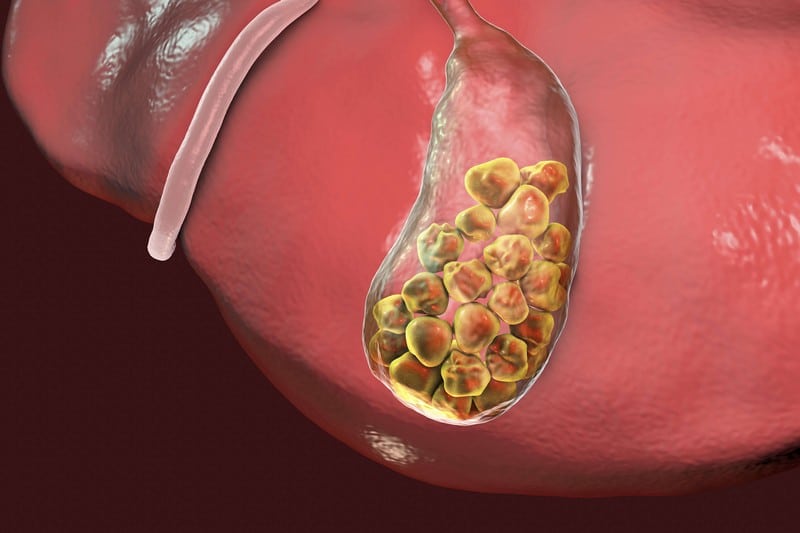Gallstones

The gallbladder is a small, pear-shaped organ found on the right side of the belly, immediately behind the liver. It is part of the digestive system, and its primary role is to act as a reservoir for bile and then discharge it into the small intestine. The digestive process requires the aid of bile to break down lipids. Bile is a compound composed chiefly of cholesterol, bilirubin, and bile salts.
Several ailments might disrupt gallbladder function, wherein gallstones are the most prevalent medical problem. While gallstones are usually innocuous, they can still cause serious health problems. Gallstones are hard, pebble-shaped deposits of bile substance that form in the gallbladder or bile ducts. They range in size from particles the size of a single sand grain to spheres the size of golf balls. They may cause discomfort, nausea, and inflammation. The formation of gallstones may be triggered by excess bilirubin caused by an unhealthy liver or when it creates too much cholesterol. Gallstones may also develop due to a blood condition or bile duct infection. When the gallbladder becomes clogged and fails to empty, bilirubin levels rise.










